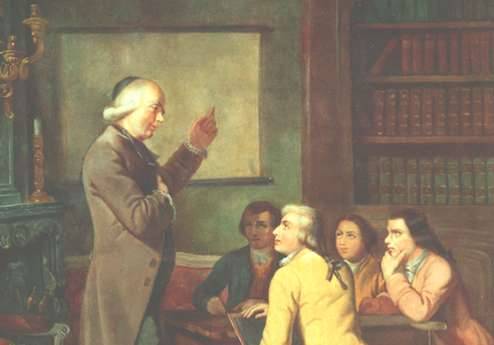Séan Ryan
The Silent Books: A Deaf Family and the Disappearing Australian-Irish Sign Language
by Bernadette T. Wallis (Missionary Sisters of Service; available on Amazon.co.uk at £17.86 / Aus$30.00; www.missionarysisters.org.au)
Ahearing child of parents who were both profoundly deaf, Sr Wallis has written an insightful history of her parents’ childhood, education and family life, and then broadened her story to record the history of Catholic Deaf education.
Over her 300 pages, we meet many heroes and heroines, and many of them are Catholic priests, nuns and brothers – quite a few of them Irish – and the wonder, to this reader, is that none of them have been canonised for the great work they did for the deaf community.
Perhaps that only goes to emphasise the silence that accompanies this community throughout life.
For instance, it comes as a shock to read that the French priest, Abbé Charles-Michel de L’Épée – who is regarded as the ‘liberator of the soul of deaf people’ – was born in 1712. Prior to that, the author tells of two Spanish Catholic priests, who were pioneers of deaf education, Pedro Ponce de Leon, born in 1560, and Dom Juan Pablo de Bonet, who lived in the 17th Century and published a book with a system of speech, including pictures of a one-hand signed alphabet.
The latter influenced the French and ultimately the Irish, American and Australian sign language.
Description
Bernadette’s parents, Don and Kathleen, are the principal heroes of this book, starting with her description of Don swimming across the Murray river from Victoria State to New South Wales for his first meeting with Kathleen. He swam that treacherous river one-handed, keeping his other hand aloft to protect his suit, which he needed to make a good impression on Kathleen.
The meeting came about through Don’s match-making mother, Emma, attending a deaf school reunion and spotting Kathleen. A year later, Don, who was working as a tailor in Melbourne, made that fateful journey to Kathleen’s home, the spark was there from the start, and they married five years later.
In their home, the Australian-Irish sign Language was the family’s means of communication, so this book is Sr Wallis’s way of re-claiming her deaf heritage, and exploring its origin.
Invitation
The language came about through the Vincentian fathers and Dominican sisters beginning the Church’s role in deaf education in Ireland, and the invitation in 1872 of an Irish Bishop James Murray to the Dominican sisters to teach in his diocese (Maitland).
The great Irish heroes of Deaf education then take over – Sr Gabriel Hogan, Sr Columba Dwyer, and later the Christian Brothers, who are invited by another Irish Archbishop, Michael Kelly, to open a school for deaf boys in Sydney in the 1920s. Foremost among the brothers were Joseph O’Farrell, Damian Allen, Henry Esmonde and Dominic O’Shea. Their great work for the deaf community in Australia is recorded here.
Sr Wallis also writes about the controversy over the imposition of Oralism (where lip reading and word formation education took over from sign language), and how its proponents eventually had to admit that signing was better.
Sadly, the Australian-Irish Sign Language was no longer taught after 1953, but Sr Wallis’s fine book ensures that its place in the history of deaf education is secure.



